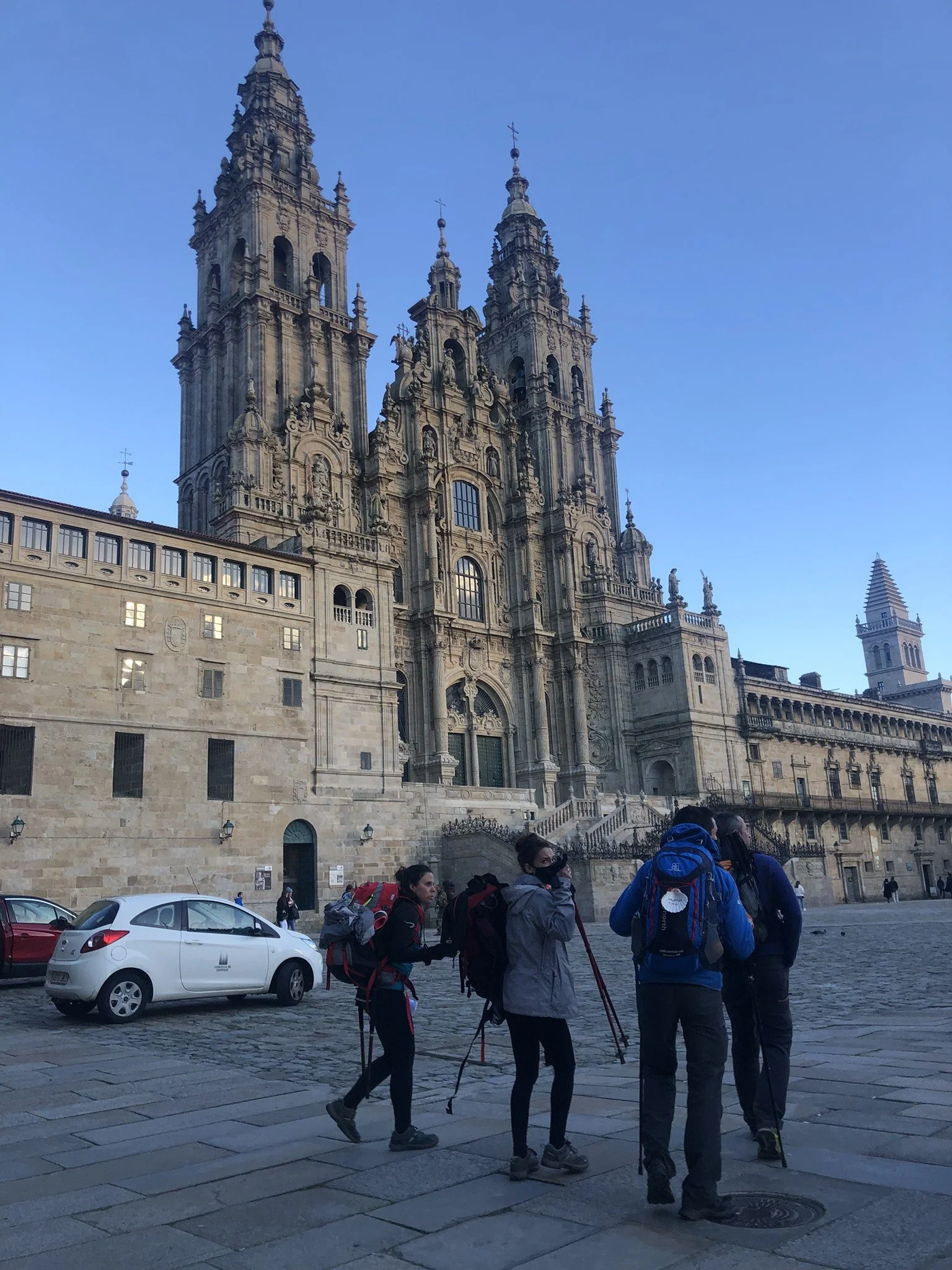Santiago de Compostela
Cathedral of Santiago de Compostela
Santiago de Compostela is the final destination of the legendary 500-mile medieval way of pilgrimship Camino de Santiago (Way of St. James), stretching across France and northern Spain, attracting pilgrims and casual visitors from all over the world.
"Pilgrims to Santiago are not all Catholic and many are not even religious," notes Susan Griffith in Gap Years for Grown Ups, "as the experience is individual and meaningful for those of all faiths or none. About a third of pilgrims are Spanish and the rest are foreigners."
The most dedicated pilgrims travel the entire route on foot, which takes a minimum of three weeks and passes by some 1,800 historic and architectural significant buildings, both religious and secular.
"Pilgrims can sleep out under the stars or stay in pilgrim hostels, many of which are in historic old buildings where cheap or even free simple accommodation is provided in dormitories," Griffith explains. "If you walk the route in autumn you may be able to sustain yourself in authentic pilgrim style on the bounty of nature garnered en route: walnuts, figs, chestnuts, apples and mushrooms are just part of the fare that can be picked wild."
Santiago, the capital of the Galicia region of Spain, is a lively university town, home to Universidade de Santiago de Compostela. The region's seafood cuisine is renowned.
The Saint Jacob's Shell, or scallop, is a symbol of Santiago, and Viera -- a mouth-watering dish of baked scallops served in their shells with a crust of onion, breadcrumbs and parsley -- is a local specialty. Also on the local menu: Pulpo á la Gallega (cuttlefish prepared with paprika), Empanada Gallega (a pie of fish, meat or vegetables), and Tarta Compostelana (a tart of almonds).
